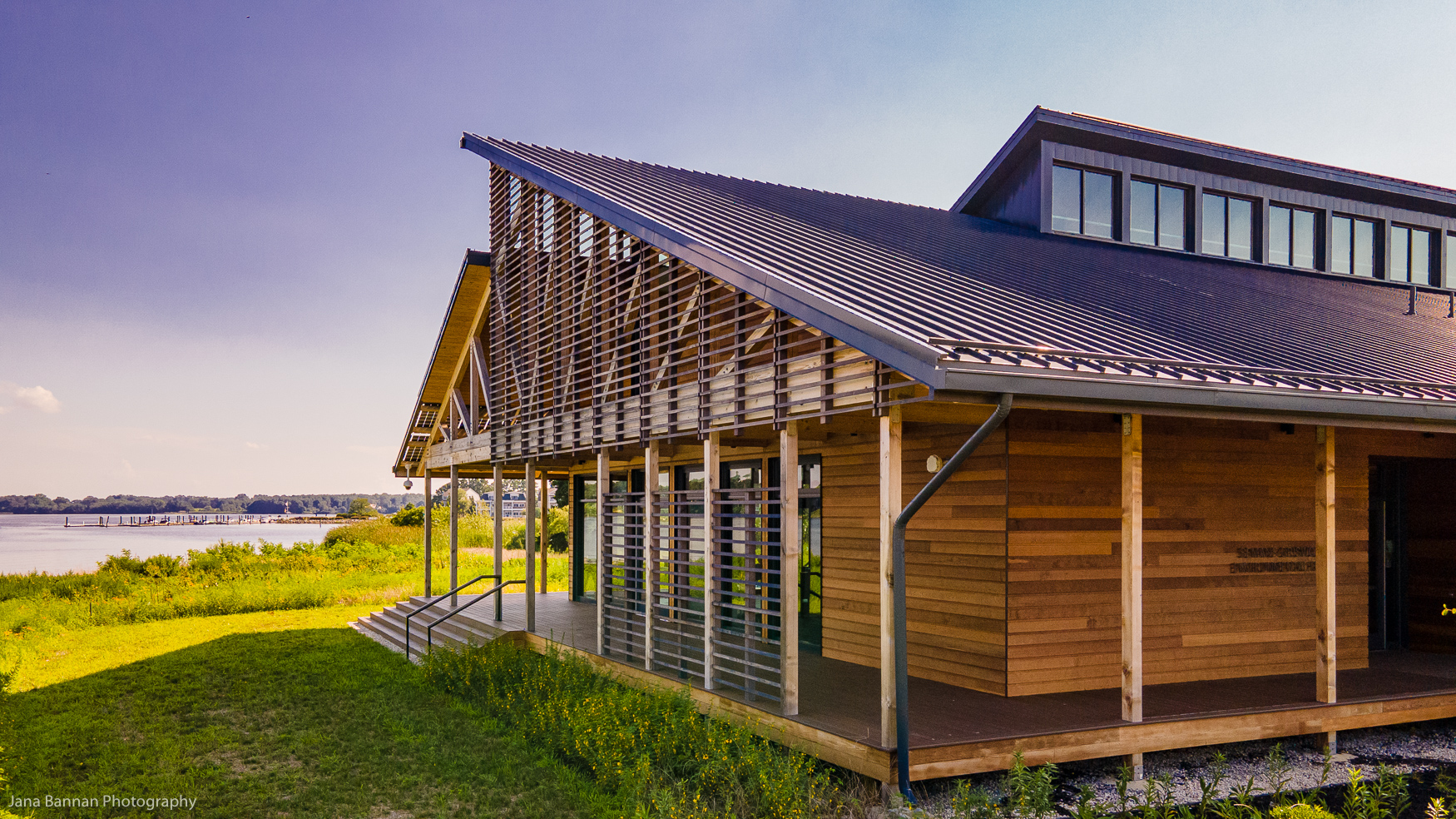Why Heavy Timber Is the Future of Design and Construction
Learning Objectives:
- Discuss the history and evolution of heavy timber framing as a sustainable building method.
- Identify the modern benefits of designing and building with heavy timber such as biophilia, sustainability, value, embodied carbon, thermal performance, structural performance, and fire resistance.
- Describe the process of heavy timber framing including designing with assistance from the heavy timber company, engineering, and construction perspectives for both residential and commercial applications.
- Identify timber-related technology, automation, and the future of the heavy timber industry.
- Discuss several projects where heavy timber satisfied program needs for aesthetics, engineering capabilities, sustainability, and other factors.
Credits:
This course is approved as a Structured Course
This course can be self-reported to the AANB, as per their CE Guidelines
Approved for structured learning
Approved for Core Learning
This course can be self-reported to the NLAA
Course may qualify for Learning Hours with NWTAA
Course eligible for OAA Learning Hours
This course is approved as a core course
This course can be self-reported for Learning Units to the Architectural Institute of British Columbia
While traditional timber framing was an ideal building method for thousands of years, it fell out of favor briefly as steel, concrete, and stick-built methods emerged. Today, this time-tested technique for creating durable and beautiful structures has come roaring back into fashion. The cause is a confluence of factors: An aesthetic desire for the old-world honesty of timber framing, the human need to connect with natural elements, the demand for stronger buildings to withstand harsh seismic and climatic events, the development of computer-assisted design and machining, advances in engineering and structural analysis, and the environmental need to return to the only renewable building material: wood.
This course shows the evolution of timber-framed structures from more than 1,000 years ago, to their return to the scene a few decades ago, to their current blend of old-world sensibility with state-of-the art production in a controlled environment. Timber framing has come full circle.

Photo courtesy of Jana Bannan
| Mid-Atlantic Timberframes |














